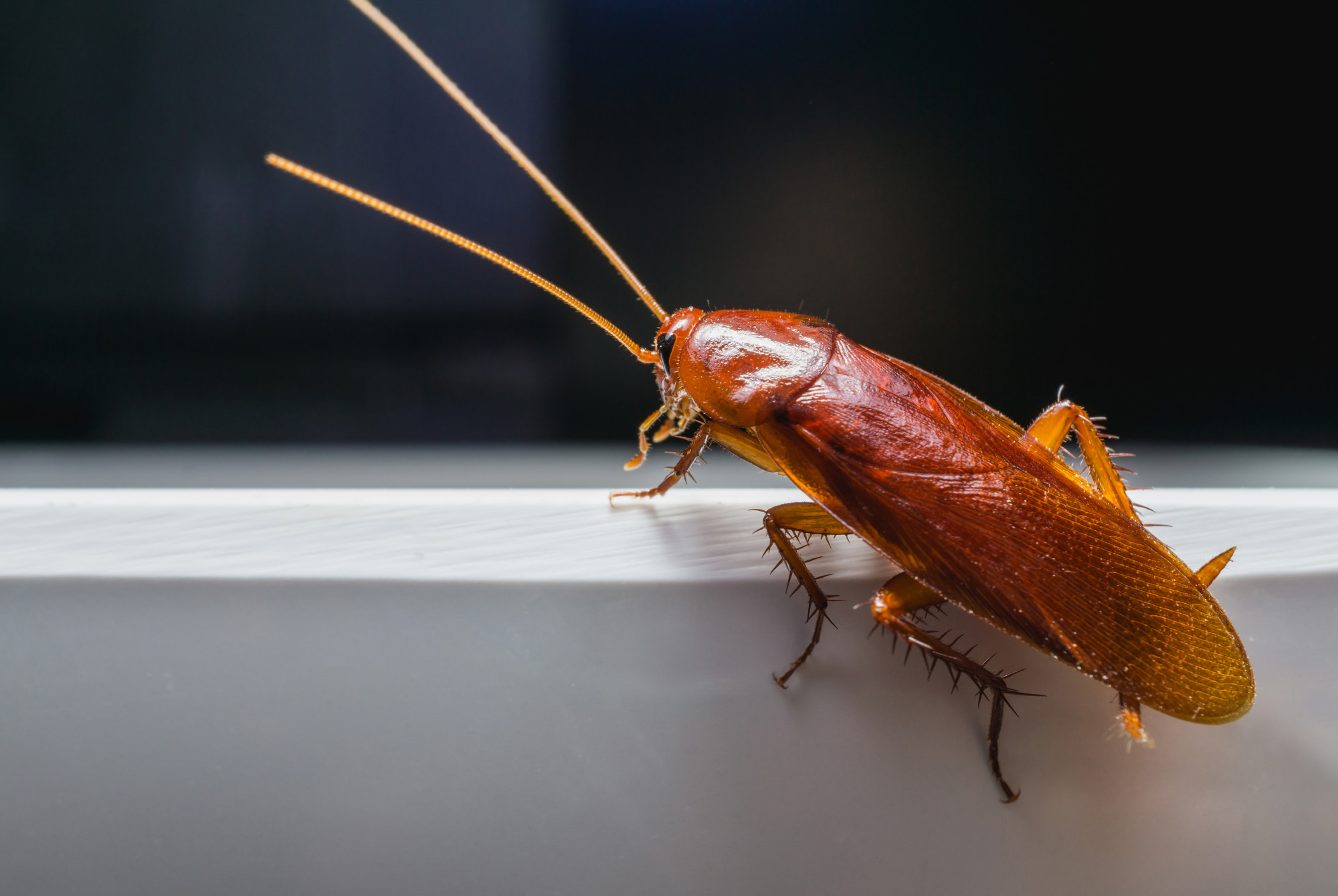Have you ever just been chilling at home and suddenly heard a weird buzzing sound? Or spotted a little line of ants marching through your kitchen like they own the place? It might not seem like a big deal at first, but these little clues could mean a full-on bug invasion is about to go down. The tricky part is, most pests are really good at hiding—until it’s too late. But if you know what signs to look for, you can stop them before they take over.
Let’s break down the small, sneaky signs bugs leave behind, and how to tell if they’ve already made themselves way too comfortable in your home.
Buzzing, Clicking, and Scratching: What Sounds Mean Trouble
Not every sound in your house means something’s wrong. But some noises aren’t just annoying—they’re warning signs.
Buzzing sounds usually come from flying insects like flies, wasps, or bees. If it’s coming from behind a wall or up in the attic, there might be a nest nearby. Clicking or soft scratching sounds can be a clue that something’s crawling inside your walls, like termites or even mice (which often hang around the same places bugs do).
If those sounds seem to happen at night when it’s quiet, that’s even more of a red flag. Lots of pests come out when everything’s dark and still.
The Weird Smells Nobody Talks About
It’s not something people always notice, but certain bugs give off a specific smell.
Cockroaches, for example, leave behind an oily, musty smell that builds up when there are a lot of them. Mice and rats smell too—and where they go, bugs usually follow because of the leftover food or droppings they leave around. If a room smells funky for no clear reason, pests might be the cause.
Some people describe the smell of a hidden wasp nest as “sweet but gross,” especially when it’s in a wall or ceiling. If a smell is weird and won’t go away even after cleaning, it’s worth checking it out.
Tiny Holes and Dust That Wasn’t There Before
This is where things get sneaky. Pests don’t always come out in the open, but they do leave clues. Termites, for example, make tiny holes in wood and leave behind what looks like sawdust. That’s actually part of the wood they’re chewing through.
If you see little piles of dust near wooden furniture, windowsills, or the base of walls, don’t ignore it. You might also notice wallpaper bubbling or paint cracking for no reason. That can mean bugs are hiding behind it and damaging the surface.
In some cases, you might spot teeny-tiny black dots around baseboards or in corners. Those might be insect droppings (gross, but true), which tell you bugs are hanging out nearby.
The “Silent Invasion” of Ants and Termites
Ants are probably the most annoying house guests because they come in big groups and never knock. If you see one or two crawling around your kitchen or bathroom, it might not seem like a big deal. But ants are scouts. Their job is to go ahead, find food, and report back to the rest of the colony. If they find even a few crumbs, they’ll come back with hundreds more.
Termites are even more dangerous, but they work quietly. You won’t always see them walking around. Instead, they build hidden tunnels inside your walls or under the floor, slowly eating your house from the inside. That’s why spotting clues early matters so much.
One way to help protect your home is by using modern pest control tools that are safe and don’t make a mess. A smart solution some people are using is Sonic Barrier, which helps keep pests away by using sound that people can’t hear, but bugs can’t stand. It’s a clean, easy way to make your space less friendly to invaders without needing sprays or traps everywhere.
Check the Places Bugs Love Most
Certain spots in a house are way more popular with bugs than others. They like warm, dark, and damp places. That’s why bathrooms, kitchens, basements, and attics are bug magnets.
Under sinks and around water pipes are also popular hangouts. Leaky pipes or standing water give pests the moisture they need to survive. Open cereal boxes or pet food left out can bring in ants, roaches, and even beetles.
Try checking these spots once in a while:
- Behind the fridge and under appliances
- Inside cupboards you don’t use often
- Around windows and door frames
- Near vents or cracks in the walls
If you spot webs, droppings, wings, or even just a few insects hanging around, it’s better to deal with it fast. Bugs reproduce quickly, so what starts small can turn into a serious problem in just a few weeks.
Lights, Crumbs, and Other Bug Invitations
It sounds simple, but small things people forget about are what draw bugs in the first place. Leaving the porch light on at night brings moths and flying bugs that often find a way indoors. Leaving food out—even for just a little while—can attract pests from way outside your house.
Tiny cracks around windows or doors give bugs the perfect entryway. They don’t need much space. Some insects can squeeze through gaps as small as a credit card’s edge.
Keeping things clean is important, but so is checking the parts of your home that most people ignore. That’s where the signs usually show up first.
What to Do if You Think Bugs Are Already Inside
If you’ve noticed more than one of the signs above—sounds, smells, weird dust or droppings—it’s a good idea to act now instead of waiting.
Start by sealing any cracks you find, cleaning up food messes, and checking for leaks. You don’t always need to jump straight to bug spray or calling a pest control company. There are natural and tech-based options out there, like ultrasonic devices or traps that don’t use chemicals.
But if the problem seems big or keeps coming back, it’s smart to get help before things get worse. Ignoring a small bug problem is what leads to major infestations that are harder (and way more expensive) to get rid of.
The Main Things to Remember
Bugs don’t usually come storming in all at once. They sneak in. They explore. They look for food, water, and shelter. And they leave little signs—if you know what to watch for.
So here’s what matters most:
- Buzzing or scratching sounds are never just “nothing”
- Weird smells can mean bugs or nests
- Dust, droppings, and tiny holes are major clues
- One ant means more are probably on the way
- The best time to stop bugs is before they settle in
Paying attention to these small clues now can save a lot of stress (and money) later. And if you want a simple way to keep bugs from feeling welcome in the first place, using sound-based tools like Sonic Barrier could help keep your space clean and peaceful—without needing chemicals or traps all over the house.
So the next time something buzzes or scratches when it’s quiet, don’t just shrug it off. It might be a tiny clue that big bugs are already moving in.





Leave a Reply
You must be logged in to post a comment.